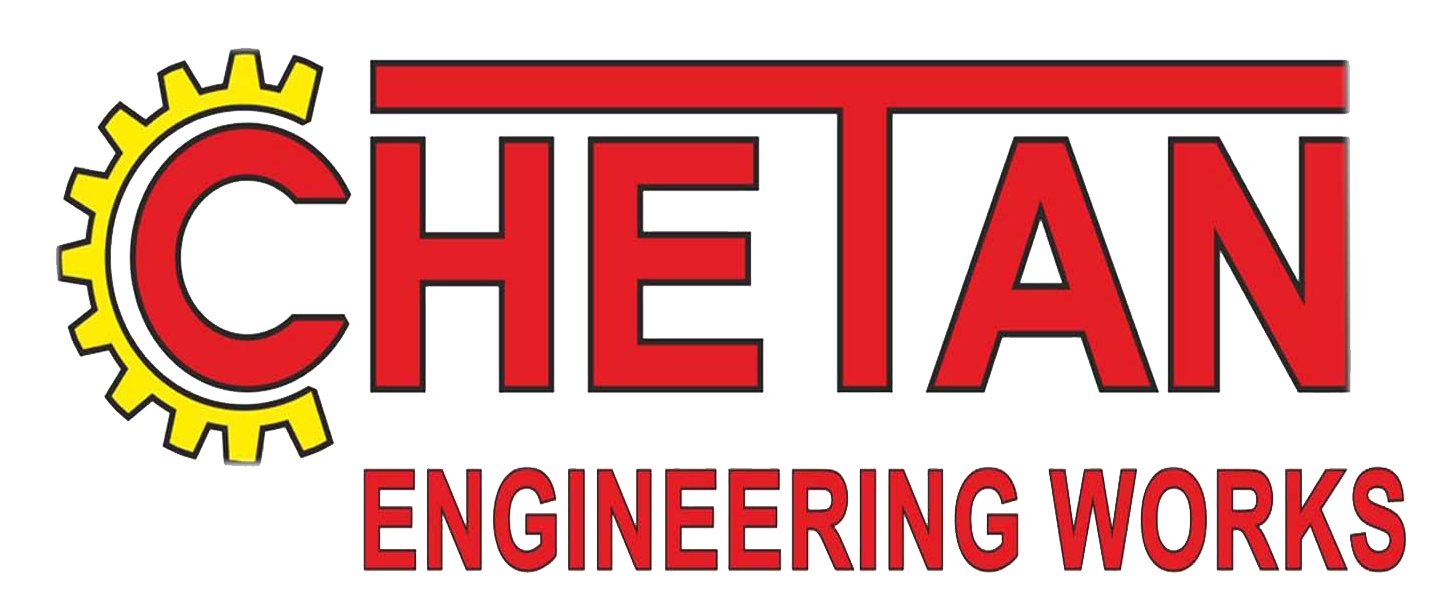Modern paper and Traditional paper
While both types of paper serve the same fundamental purpose, there can be differences in terms of
composition, production methods, and uses. Here are some general points of comparison:
Composition:
Traditional Paper: Historically, paper was made from natural fibres such as cotton or linen rags. In some
cases, it was also made from plant fibres like papyrus or bamboo.
Modern Paper: Today, the majority of paper is made from wood pulp. Recycled paper is also common,
which reduces the demand for new wood fibres.
Production Methods:
Traditional Paper: Traditional papermaking involves a labour-intensive process of manually breaking down
fibers, forming sheets, and drying them. This process has been mechanized over time, but it can still be
more resource-intensive compared to modern methods.
Modern Paper: Modern papermaking involves large-scale industrial processes. Wood is pulped
mechanically or chemically, and the paper is produced using machines like Fourdrinier paper machines.
Environmental Impact:
Traditional Paper: Traditional papermaking methods might have a lower environmental impact if they use
recycled materials or sustainable fibres. However, the manual labour involved can be resource-intensive.
Modern Paper: Modern papermaking processes can be more efficient in terms of resource use, but the
environmental impact depends on the source of the wood and the production methods. Sustainable
forestry practices and recycling can mitigate some of the environmental concerns.
Quality and Characteristics:
Traditional Paper: Traditional papers, especially those made from high-quality fibres like cotton, are often
associated with durability and a certain aesthetic appeal. They may have a different texture and feel.
Modern Paper: Modern papers can be produced with specific characteristics, such as different weights,
coatings, or finishes, to meet various needs. They may lack the traditional feel but can be optimized for
specific uses.
Applications:
Traditional Paper: Traditional paper might be preferred for certain artistic or archival purposes due to its
perceived quality.
Modern Paper: Modern paper is versatile and used in a wide range of applications, from printing and
packaging to office supplies.
Cost:
Traditional Paper: Depending on the source of the fibres and the production methods, traditional paper
can be more expensive to produce.
Modern Paper: Mass production and efficient processes often make modern paper more cost-effective.
In summary, the choice between modern and traditional paper depends on factors such as intended use,
environmental considerations, and personal preferences for texture and quality. Both types of paper have
their advantages and disadvantages
